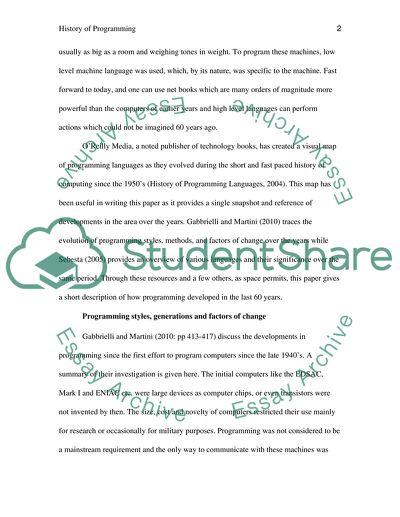Cite this document
(“History of Programming Essay Example | Topics and Well Written Essays - 2000 words”, n.d.)
History of Programming Essay Example | Topics and Well Written Essays - 2000 words. Retrieved from https://studentshare.org/information-technology/1567792-history-of-programming
History of Programming Essay Example | Topics and Well Written Essays - 2000 words. Retrieved from https://studentshare.org/information-technology/1567792-history-of-programming
(History of Programming Essay Example | Topics and Well Written Essays - 2000 Words)
History of Programming Essay Example | Topics and Well Written Essays - 2000 Words. https://studentshare.org/information-technology/1567792-history-of-programming.
History of Programming Essay Example | Topics and Well Written Essays - 2000 Words. https://studentshare.org/information-technology/1567792-history-of-programming.
“History of Programming Essay Example | Topics and Well Written Essays - 2000 Words”, n.d. https://studentshare.org/information-technology/1567792-history-of-programming.


